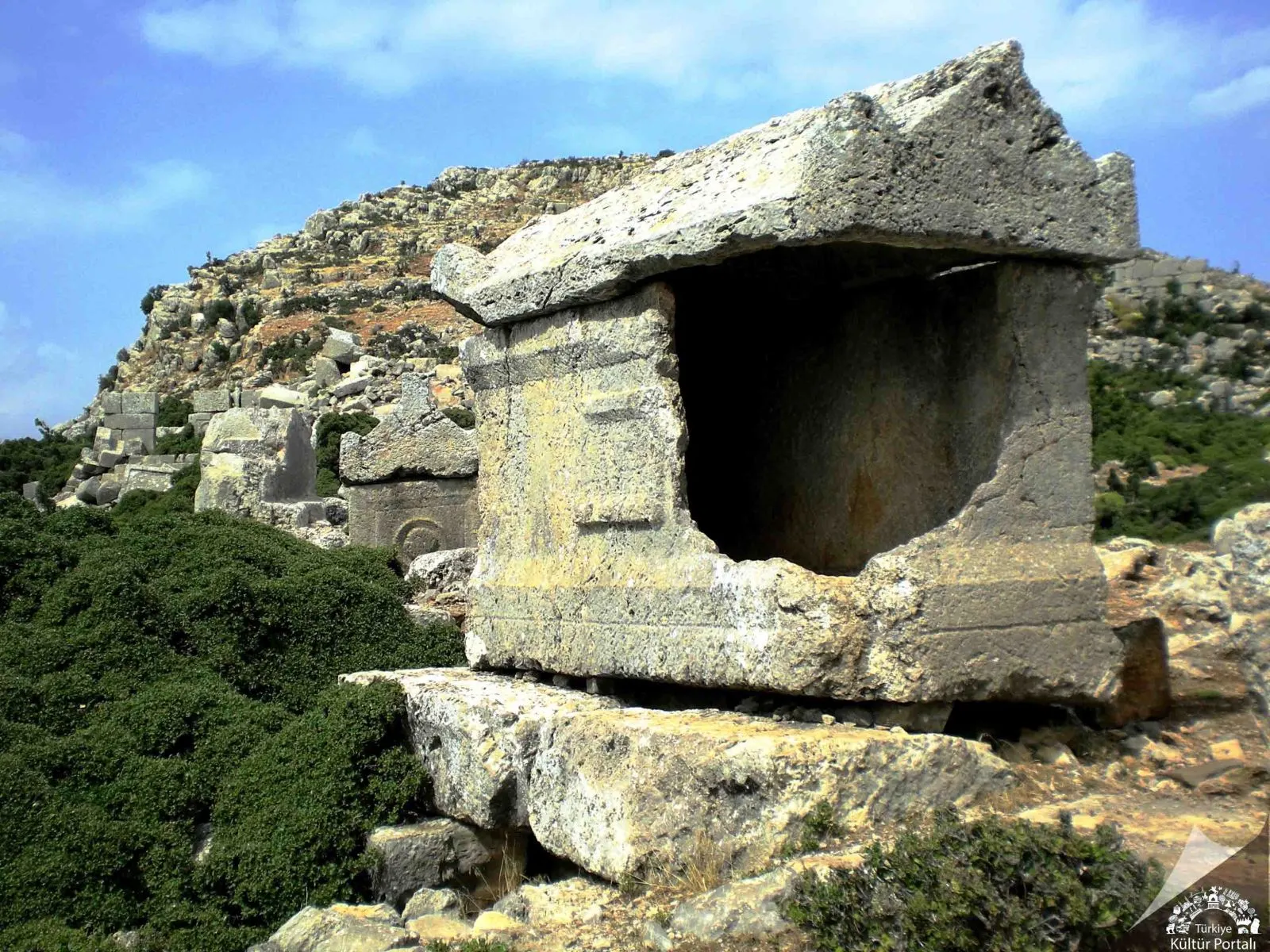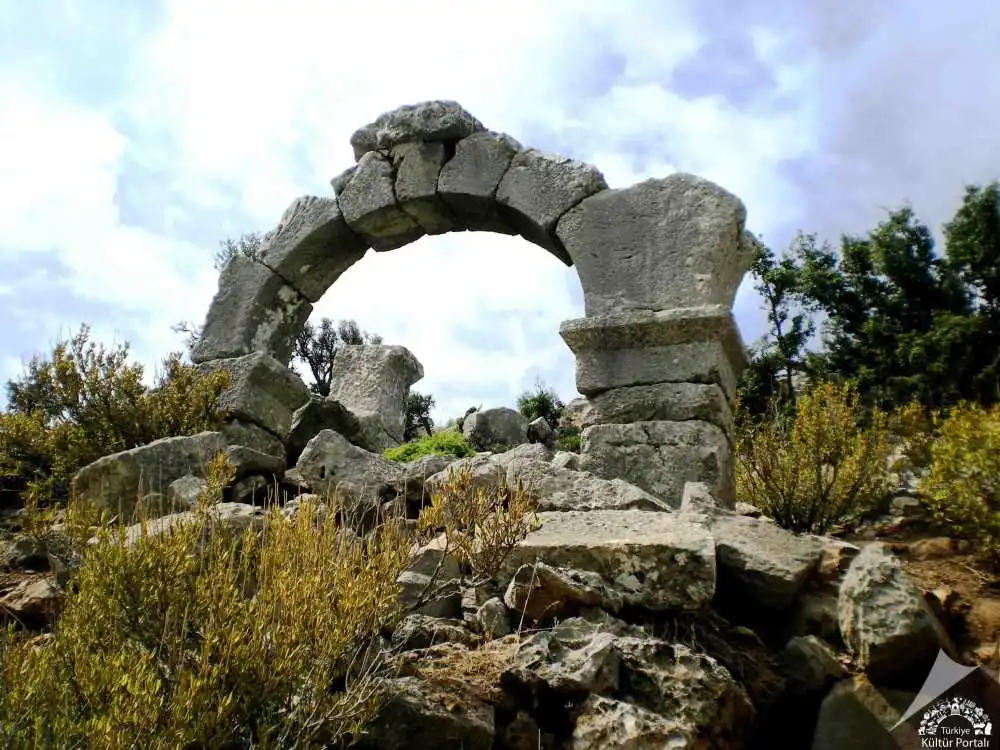Ariassos Ancient City
Description
Ariassos, one of the cities of the Pisidian region, is located 50 km north of Antalya, west of the 924 m high Çubukbeli, the strait that connects the Antalya coast with the Anatolian Patos, 1 km from the village of Akkoç. The city was officially founded in 189/188 BC in connection with the campaign of Manlius Vulso and the Peace of Apameia. The city continued to mint coins from the 1st century BC until the reign of Gallienus (253-267). Hierocles places the city in the province of Pamphylia in late antiquity. Until the 12th century it is mentioned in the Notitia Episcopatum as a diocese of Pamphylia II.
Ariassos, which was united with other Pisidian cities, was a gateway where roads were built during the Roman period. After the Byzantine period, life in the city came to an end. When analysing the city plan of Ariassos, from east to west, there is a necropolis area, the southern corner of the city walls and civilian buildings, the city gate, a possible colonnaded street extending from the gate to the west, the main city settlement on the north side of this street and a necropolis area to the west. The city is built on terraces on the northern slope, parallel to this east-west road. The most important structures are the almost complete city gate, the mausoleum-like tombs, the city walls, the Roman road, the waterway, the Nymphaion, the Bouleuterion, the Gymnasion, the baths and the theatre. At the beginning of the valley that leads to Ariassos, there is the monumental entrance gate, the most magnificent ruin in the city. It is believed that the three-arched gate was in use at the time of Severus Alexander.
Short Description
Ariassos, one of the cities of the Pisidian region, is located 50 km north of Antalya, west of the 924 m high Çubukbeli, the strait that connects the Antalya coast with the Anatolian Patos, 1 km from the village of Akkoç. The city was officially founded in 189/188 BC in connection with the campaign of Manlius Vulso and the Peace of Apameia. The city continued to mint coins from the 1st century BC until the reign of Gallienus (253-267). Hierocles places the city in the province of Pamphylia in late antiquity. Until the 12th century it is mentioned in the Notitia Episcopatum as a diocese of Pamphylia II.




